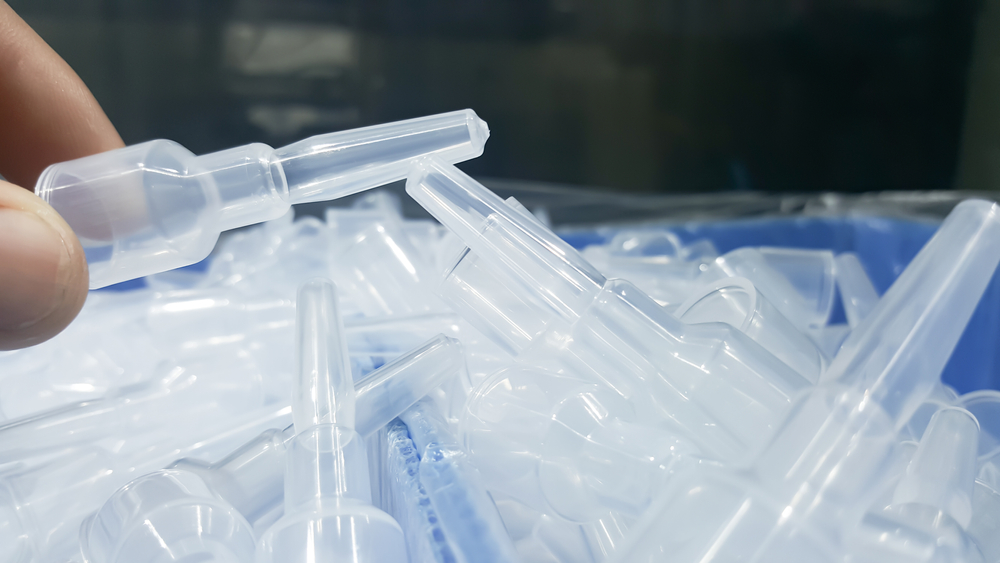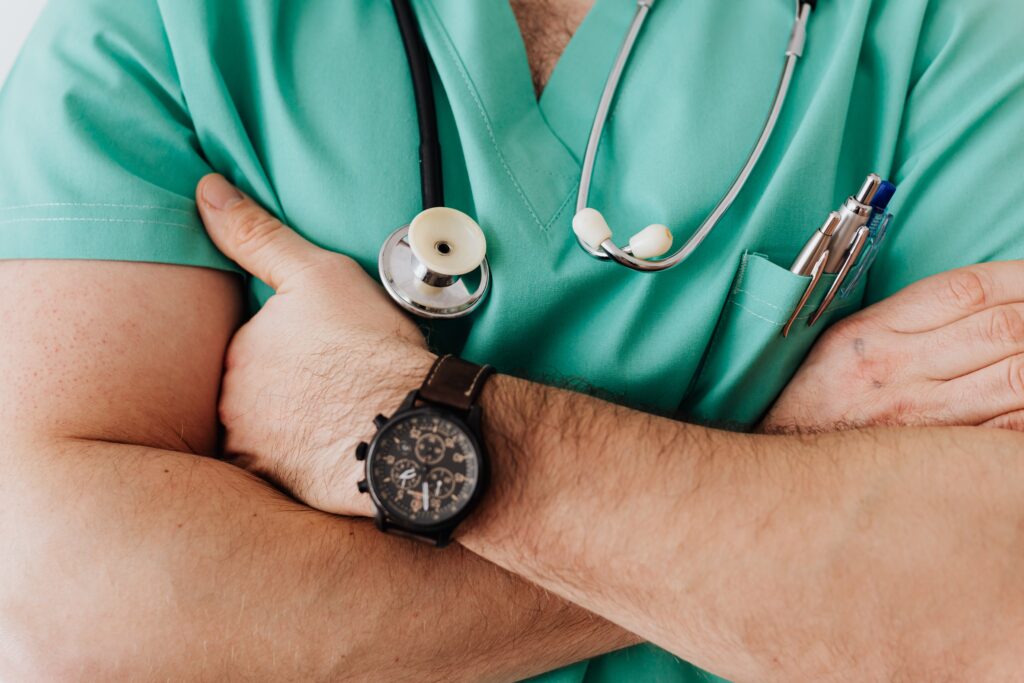Injection molding is a popular production method in the medical business, with several benefits for a wide range of applications. Medical devices, laboratory and facility equipment, components, and other items are all made with medical-grade plastic injection molding.
The flexibility of the injection molding process to match the stringent criteria and regulations necessities of the medical business is one of its biggest benefits, which we’ll go over in more detail below.
Benefits Of Medical Device Injection Molding
Healthcare providers have discovered that plastic injection molding clinical components, equipment, and devices are among the most cost-effective as well as fastest ways to achieve the quality and requirements they require. Plastic injection molding is utilized in the medical device industry for a variety of applications, including:
- Implantable components
- Beakers, test tubes, and other containers
- Housings and casings for medical and laboratory equipment
- Surgical equipment and components
- Drug delivery equipment and components
- Orthopedics
These are only some of the applications for medical equipment plastic injection molding. Injection molding medical parts can be used in almost any situation where long-lasting, sterilization-friendly components are needed in large quantities and with high precision.
Important Considerations

Source: medium.com
The technique of plastic molding for medical instruments is a vital one with a significant risk of failure. As a result, various factors must be considered mostly during the design, development, and production phases. These are some of them:
1. FDA Regulations
Medical components must comply with FDA regulations for hygiene and sterilization, both in the components and during the production process. Make doubly sure the specimen you choose complies with those requirements of research and development, whether you use glass equipment or plastic. Also, your production line partner can walk an audit as well as other increased regulatory necessities for medical-grade acceptance.
2. Ability To Be Sterilized
It also is a need for any healthcare element, whether it is composed of a device that directly interacts with the body or is housed in a clinic. To avoid harm to individuals with whom they contact, substances should be contaminant-resistant and sterilizable.
3. Suitability For extreme environments
Bio-implants should be able to endure the harsh conditions found in the human body (particularly reliable functioning and durability) when subjected to heat, vibration, liquid, corrosives, and other movements. Several plastics being used in injection molding, fortunately, fit these standards.
4. ISO certification and compliance
ISO standards oversee operations and outcomes in a variety of businesses, such as the medical field. A medical component manufacturing plant must fulfill ISO 13485:2003 standards at a baseline, with additional certification to Class I, II, or III necessary based on the goods being produced.
In contrast to other application- or product-specific standards, biocompatibility standards such as ISO 10993 may be necessary. Make sure you or your manufacturing partner understands the requirements that apply to your application and that the unit can fulfill and maintain compliance through an audit.
5. Material Properties
To be acceptable for these uses, the selected material for medical parts as well as devices must have precise physical attributes. This is just like when selecting a high-quality asme b16 34 valve for your waterworks, you find the one manufactured with the best material properties to prevent any later struggles.
6. Durability
Easy-to-break materials aren’t practicable in the medical field, where they’re a safety hazard as well as a nuisance. Make sure the substance you choose has the shatter and breaking resistance required in the medical profession.
The Benefits For Use In Medical Devices

Source: empslc.com
More Material Options Available
Because of the essence of injection molding, a wide range of solutions can be created. You may, for example, require a part that incorporates two or three distinct types of plastic materials into a single structure.
Even the most complex medical gadgets may now be made with ease thanks to modern injection molding. With this method, getting the proper combination of properties is a lot easier. This is because the molds operate with any molten plastic material, manufacturing product changes if required on the same molds is equally straightforward.
Options for Inserts And Overmolds
When it comes to merging many pieces into a single final assembly, injection molding offers a number of advantages. When you work with seasoned manufacture, overmolding on over of sub-assemblies or installing crucial components into molded plastic enclosures is a breeze.
These molding techniques are critical for medical devices, which can have extremely complex layouts that must be body-safe. Experts understand how to complete even the most difficult assembly.
Over Time, Production Costs Decrease
It is a common misconception that molding items are more expensive than other methods of manufacturing. While mold manufacture does have a higher upfront investment than alternative fabrication techniques, the higher upfront cost masks an advantage. That is, for each product, you will only have to manufacture molds once.
Molds are simple to reproduce and survive for countless impressions prior to actually needing to be replaced once the design is complete and suitable. Because injection molding allows for very efficient and speedy production, the end result is a cheaper per-part cost.
Sterilization Procedures Are Not A Problem For Highly Durable Plastics
Because of their wide range of potential qualities, plastics are perfect for use in the medical field. The huge array of industrial plastics accessible today as project launch materials offers a wide variety of possibilities. Many plastics have been developed expressly for use in the medical industry.
These materials are resistant to sterilization, do not harbor infections, and provide the longevity and usability required. Malfunction should not be an option in slightly elevated applications. Injection-molded components have repeatedly demonstrated their ability to tolerate these high-stakes situations.

Source: pexels.com
Conclusion
Seaskymedical.com may assist with medical equipment design and guarantee that it is suitable to be injection molded in a perfect cleanroom. We provides clinical prototyping services and can assist you in finding a reliable medical injection molding partner for any medical device we create.



